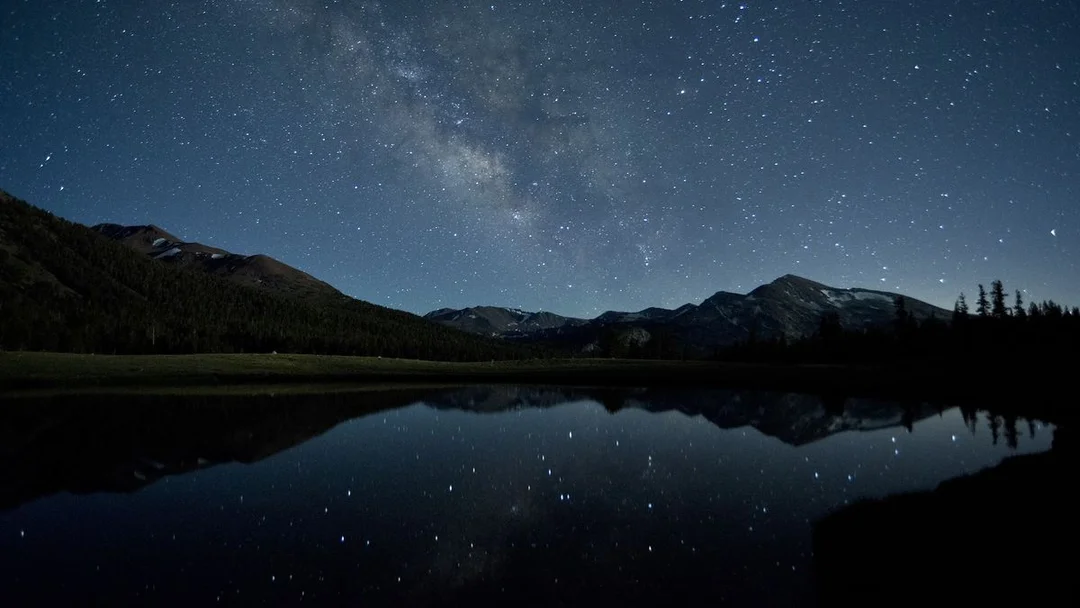
Catch the Milky Way’s Grand Appearance in the US This May: Where and When to See It
The Milky Way is set to make its first major appearance of the year in the Northern Hemisphere, offering stargazers across the United States a breathtaking spectacle this May. This annual event, eagerly anticipated by astronomy enthusiasts, provides a prime opportunity to witness the galaxy stretching across the night sky. However, increasing light pollution poses a significant challenge, making it crucial to know where and when to look.
According to a 2023 study in Science, the sky's brightness has been increasing by 7% to 10% annually between 2011 and 2023. This alarming trend means that nearly 80% of Americans are now unable to see the Milky Way due to artificial light. If you're fortunate enough to live in an area with minimal light pollution, this May presents an ideal window to witness the galaxy's beauty.

Optimal Viewing Conditions
To maximize your chances of seeing the Milky Way, finding a location far from artificial lights is essential. Dark Sky Places or regions marked as dark zones on a light pollution map are ideal. The period between May 20 and May 30, coinciding with the last quarter moon and new moon phases, will provide the darkest skies. The core of the Milky Way becomes especially prominent after midnight, between 12:00 a.m. and 5:00 a.m. local time.
Best Locations in the U.S.
Several locations in the U.S. are renowned for their dark skies. Grand Canyon National Park, Joshua Tree National Park, and Big Bend National Park are among the 130+ Dark Sky Places offering exceptional views. Bryce Canyon National Park in Utah and Great Sand Dunes National Park in Colorado are also highly recommended.
For those in the Northeast U.S., consider Cherry Springs State Park in Pennsylvania or Katahdin Woods and Waters National Monument in Maine, designated as an International Dark Sky Sanctuary.
The Summer Triangle and the Milky Way
A reliable guide for finding the Milky Way is the Summer Triangle, composed of the bright stars Deneb (Cygnus), Vega (Lyra), and Altair (Aquila). As the Summer Triangle rises in the eastern sky, it marks the perfect time to begin searching for the Milky Way. Between May 20 and May 30, the Summer Triangle will be visible around midnight, moving to a higher position by 3 a.m. local time.

A Race Against Light
The increasing light pollution reminds us that observing the Milky Way may become increasingly challenging in the future. Taking the proper steps now by visiting dark-sky areas and taking advantage of favorable May viewing conditions is wise decision.
The Milky Way will rise higher into the sky — and appear earlier — as the Summer Triangle becomes more prominent in June and July, but a lack of darkness at mid-northern latitudes around the solstice on June 20-21 makes May the best time to grab a first glance before the Milky Way gets much brighter and higher in the sky in August and September.
Don't miss your chance to witness the Milky Way this May! What are your favorite stargazing spots? Share your experiences and tips in the comments below!